
10 Top Attorney Lead Generation Strategies from the Pros
There are currently over 1,352,027 active attorneys working in the US. If you want your legal practice to grow, you’ll need to learn how to attract new leads. Otherwise, competitors in your area could get ahead instead.
As you acquire new clients, you can establish a strong, online reputation. As more people recognize the benefits of choosing your practice, word will get around! Previous clients will then help you attract new clients, allowing you to grow.
Boost your brand and start attracting new leads! With these 10 attorney lead generation strategies, you can get ahead of the competition and make your mark! Start acquiring new clients and growing your legal practice with these lawyer lead generation tips today!
1. Upgrade Your Website
In order to use the rest of these attorney lead generation strategies, you need to start with your website. An old, outdated website will make your brand look outdated, too. In fact, neglecting to update your website could cause many lawyer lead generation strategies to fail.
There are a few ways you can improve your website.
First, consider utilizing user experience (UX) design trends. Websites that are designed with UX in mind provide users with the best possible experience. The easier your site is to use and navigate, the more likely people will explore.
Once visitors find what you’re looking for, you can then use your lead generation strategies to convert visitors into leads.
First, try to get rid of as much clutter as possible. A cluttered website can feel overwhelming. Visitors won’t know where to look.
Instead, use white space and give your content room to breathe. You can also break apart large paragraphs. Shorten your sentences to improve readability, too.
Next, make sure your site loads quickly. You can use Google’s PageSpeed Insights to determine your current speed. Old plugins or large file sizes could cause your site to slow down.
In that case, you might want to start using new plugins or compressing files. Otherwise, you’ll lose visitors (and potential clients). In fact, 39% of visitors will stop engaging with a site if it takes too long to load.
2. Start Blogging
While you’re upgrading your website, make sure to consider mobile optimization, too.
Google started using mobile-first indexing in March 2018. Today, mobile devices account for 60% of all online traffic. If your site isn’t mobile-optimized, your search engine ranking could drop.
Search engine optimization (SEO) is an essential digital marketing lead generation strategy. The higher you rank on search engines like Google, the more often people will see you. However, boosting brand awareness is only one benefit to SEO.
When you rank higher on search engines like Google, you’re also ranking above the competition. As a result, potential clients will begin to see you as a reputable resource in your industry. Your brand authority will improve, making it easier for potential clients to trust you.
Research
Before you start writing new blog posts, you need to know who you’re writing for. Start by researching your target audience. If you have a broad audience, break your clients into smaller buyer persons.
For example, you can separate clients based on:
- Location
- Age
- Gender
- Marital status
- Household income
What services are your target clients looking for? You might want to separate your audience based on the legal services they need, too.
Once you know who your clients are, you can determine what they’re searching for online. Use SEO keyword tools like:
- SEMRush
- Ahrefs
- Moz
- Google Keyword Planner
- Google Trends
Once you have a list of keywords to work from, determine what your clients are hoping to find during a search. Then, create content with that user intent in mind.
Google’s latest SEO algorithm, BERT, now utilizes machine learning to provide users with more accurate search results. In order to improve your ranking, you need to provide your target audience with content they actually need and want.
Content
In order to bring in new leads, you need unique, high-quality content. Google wants to provide its users with helpful information. To boost your SEO ranking, consider what you can offer your audience.
For example, let’s say you focus on auto accident cases. You can provide a how-to blog post or ebook that walks clients through the steps they need to take.
There are different types of content you can create, including:
- Blog posts
- Tutorials
- How-to guides
- Ebooks
- Quizzes
- Polls
- Videos
Consider adding video content to your landing pages, which can increase conversions by over 80%. Video content is a great way to keep website visitors on the page. The longer they stay, the better for your dwell time.
Don’t forget to close your content with a call-to-action (CTA). For example, you might encourage readers to contact you for help with their legal cases.
As a result, you can attract new leads and boost your SEO ranking.
3. Focus on Your Value
As you start creating website content and landing pages, make sure to focus on your value. What can you offer clients that no one else can?
Your value will help you stand out from other legal practices in the area. Otherwise, why should clients choose you instead of someone else?
You can promote your value by highlighting your experience and expertise. Does your law firm have a strong track record? Showcase your experience on your website, blog, and social media to give clients a reason to contact you.
If you specialize in certain casework, let clients know.
As prospects start looking for a law firm, they’ll want to choose someone they can trust. Highlighting your experience and expertise will give them a reason to trust your brand.
4. Get Social
Don’t leave your content sitting on your website. Instead, start gathering an audience of readers. Using social media to promote your website content and boost engagement.
Try creating a social media and content calendar to keep yourself organized. After creating a blog post, consider creative ways to promote the post. For example, you can create images, infographics, and animations that link to the same blog.
Now you have three social media posts from one article!
As people start commenting on your social media posts, make sure to engage. Use social listening to keep track of what followers are saying, too. As you respond, use attorney lead generation tactics to encourage people to visit your site.
Then, you can turn your social media followers into potential leads.
5. Share Successes
Did your legal practice recently win a big case or a local award? Showcase your successes on your blog and social media accounts.
Success stories will give potential clients a reason to trust you. They’ll also highlight your value. When prospects see your successes, they’ll begin to recognize you as a trustworthy, credible resource in the industry.
6. Utilize PPC Advertising
Pay-per-click (PPC) advertising is another effective digital marketing strategy for generating new attorney leads. Like SEO, PPC uses keyword and audience research to appear in front of prospective clients. You can also have PPC ads display on social media platforms like LinkedIn, Facebook, and Instagram.
Make sure to use your research to target your ideal clients. Then, compose engaging ads that encourage visitors to click on your website.
Don’t forget to mobile-optimize your website. Otherwise, your PPC ad quality score might drop. As a result, your ads will appear below the competitions’.
Search ads can increase brand awareness by 80%. Meanwhile, 60% of smartphone users have contacted a business after searching online. By utilizing PPC, you boost your brand, reach more prospects, and generate more leads!
7. Request Reviews
Have you worked with a lot of satisfied clients in the past? Ask them for help!
About 93% of local consumers use reviews before trusting a local business.
Posting reviews on your website and social media can help you attract new leads for attorneys. Make sure these reviews appear on your Google My Business listing, too. Local reviews can help boost your SEO ranking, which can help you generate new leads.
8. Make Contacting Convenient
While updating your website, make sure to create new conversion opportunities. How do you want people to contact you? For example, you might have a button at the top of every page of your site that links to a form.
Remember, UX is all about quick convenience. Providing numerous opportunities for clients to contact you will encourage them to contact you.
Make sure to test any new forms you create while you’re at it!
9. Reinvite With Remarketing
Remarketing ads allow you to reappear in front of previous website visitors. With remarketing, you have a second chance to attract new leads.
Make sure to set up a remarketing list through your PPC advertising platform. You can use geo-targeting to find legal plan leads in the area, too. These tactics can help you find high-quality leads, making it easier for you to grow your law firm.
10. Up-To-Date Emailing
In order to generate continuous attorney leads, it’s important to remain top-of-mind with subscribers and previous customers. Email marketing is a great way to remind clients you’re there to help. You can use emails to send them blog posts, videos, and updates about your legal practice.
Don’t forget to add an eye-catching CTA button at the bottom of your email. That way, readers have an easy way to contact you for help.
Reel Them In: 10 Attorney Lead Generation Strategies for Sweet Success
Ready to grow your legal practice? Start using these 10 attorney lead generation strategies today! Then, you can watch new leads roll in!
Searching for more helpful tips? Check the News section of the blog today!


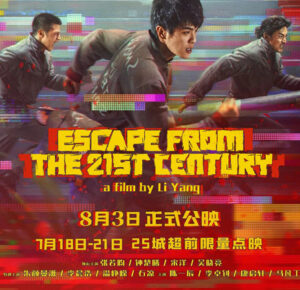
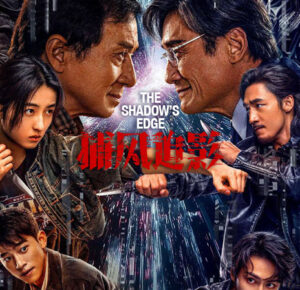
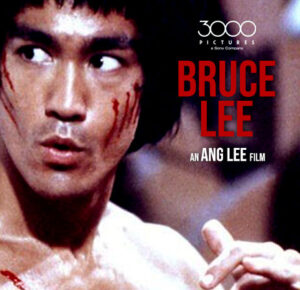

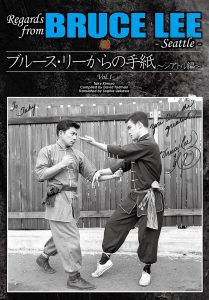
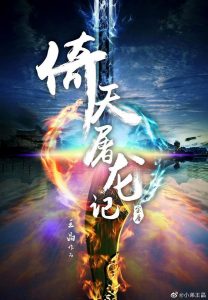

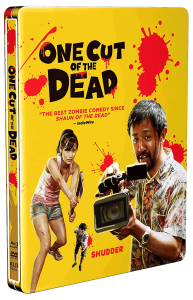

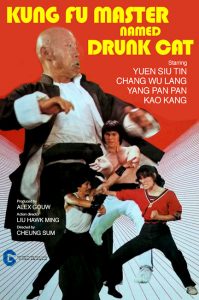
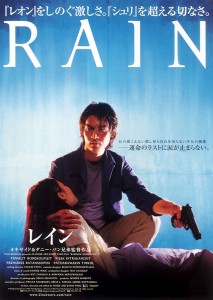





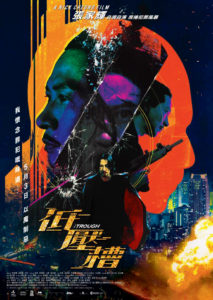
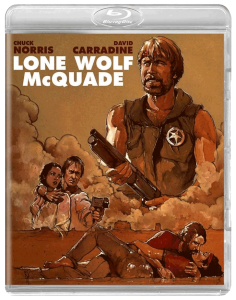

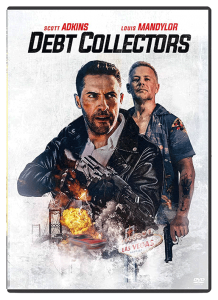



Be the 1st to Comment